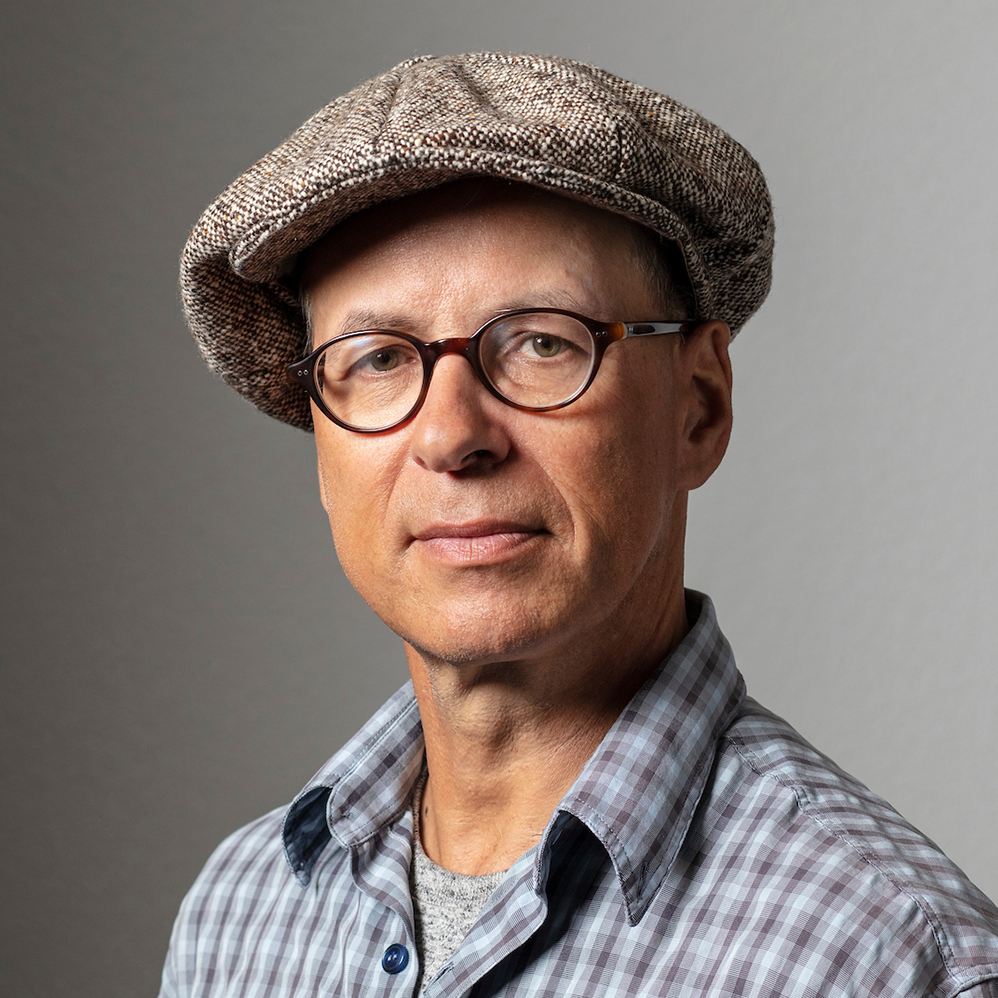
Protecting miners against tunnel health dangers

Miners working deep in the Gotthard Base Tunnel – set to be the world’s longest - face many health threats. But help is on hand from workplace doctor Irène Kunz.
Not only do the men have to deal with hard physical work, but there are also high temperatures, tropical humidity, constant noise and dust, as well as lots of tunnel traffic to consider.
The day of final breakthrough of the new rail tunnel on October 15 will thrust the miners into the media spotlight – away from the glare of the artificial light they are used to underground. The tunnel would never have been possible without their hard work.
The celebration is also a big day for Kunz, an occupational health medic with the Swiss accident insurer Suva. She has been in charge of the health and safety of the employees on the building site – with the exception of the Sedrun shaft – for ten years.
She says she is particularly pleased that during this time, “from an occupational medicine point of view, there was no serious case of heat stress or even a death”.
The nine fatal accidents during the tunnel-building process have all arisen from tunnel traffic or rockfalls.
Dangerous occupation
But Kunz says that mining is still more dangerous than many other occupations. “Switzerland does, however, have internationally a very high standard of work health and safety protection,” she told swissinfo.ch.
The accident rate has fallen by around 40 per cent since boring began. “This means that despite the big Gotthard Base Tunnel construction site, the tunnelling work accident rate is only a little over the construction industry sector rate as a whole,” Kunz said.
The number one danger in the tunnel is the high volume of traffic. The wearing of protective light-reflective clothing is therefore vital to alert vehicle drivers to their colleagues.
Also of importance, in addition to clean rear-view mirrors, are rear-view cameras as an electronic eye at the back, adds the doctor.
“During these ten years I have learned that there has to be a health and safety culture,” she explained. This means she has to check safety equipment.
Getting the personal responsibility message across is another factor. For safety reasons, miners’ basic equipment should include a helmet and protective gear and shoes, as well as a light with charged batteries.
Sweating and drinking
Protective clothing should also allow the miner to sweat properly, permitting his body to cool in the tunnel’s hot and humid atmosphere.
If the rock temperature soars to 45 degrees Celsius and humidity is high, the heart beats a lot faster when sitting than it would sitting at home in front of the television, Kunz explained. “This is because the body has to conduct the heat.”
Lost fluids must be replaced. “Miners can drink several litres a shift,” Kunz said. Employers have been raising awareness of this point in particular.
There is always a specially-trained first-aider on hand each shift, an extra precaution introduced by Kunz and Suva.
Prevention also plays an important role. Kunz and her colleagues carried out health check-ups on all mining candidates before they were allowed onto the construction site. Organs were checked, x-rays taken and blood was tested.
Those who were found to be at risk were, where possible, given work on less exposed sites.
“We would never have been able to build the Gotthard Base Tunnel with so little damage to health and life without these check-ups,” Kunz said.
Weighing up risks
Kunz is also in charge of monitoring the complex safety system and making changes, even if it clashes with tunnel work goals.
This happened with the water which was pumped into the tunnel to cool down and clean machines, as well as dampen down the dust. Too much water leads to a rise in humidity, which is difficult for the miners. “Weighing up certain risks from an occupational health point of view necessitated some pioneering work,” commented Kunz.
For the doctor, the decade on the Gotthard Base Tunnel has been the highpoint of her career.
“I am extremely impressed by how all the disciplines involved work together,” Kunz told swissinfo.ch.
“Geologists, engineers, builders, entrepreneurs, logistics experts and cantonal and government representatives have built a multi-layered network and worked well together. It is just brilliant that the breakthrough is nearly ready.”
Miners also suffer from psychological strain, which can arise from shift work, the constant exposure to dangers, working in a strange environment, being far from home, less social contact and language barriers.
In the long-term, miners learn to deal with their special working conditions, Irène Kunz says. Those who don’t, change professions quickly. “Tunnel construction is a rather special activity, which with its special demands appeals to particular people,” the doctor added.
Tunnellers are mostly over 40 years old and have been working in tunnels for many years. Kunz says they are highly specialised workers who are aware of their special situation.
A particular aspect is that in addition to their families at home, miners have a second “family” at the construction site.
The construction of the original Gotthard rail tunnel, which opened in 1880, cost 177 lives. The work and safety conditions on the 17 kilometre-long tunnel would now be considered scandalous.
Among them was the fact that workers only received a very small salary, lived mostly in unhygienic conditions, and had no protection against accidents and illness.
In 1875 workers protested. The Swiss army was called in and shot into the crowds. Four workers were killed and many were severely injured. 80 miners later left after the incident.
(Translated by Isobel Leybold-Johnson)

In compliance with the JTI standards
More: SWI swissinfo.ch certified by the Journalism Trust Initiative





























You can find an overview of ongoing debates with our journalists here . Please join us!
If you want to start a conversation about a topic raised in this article or want to report factual errors, email us at english@swissinfo.ch.